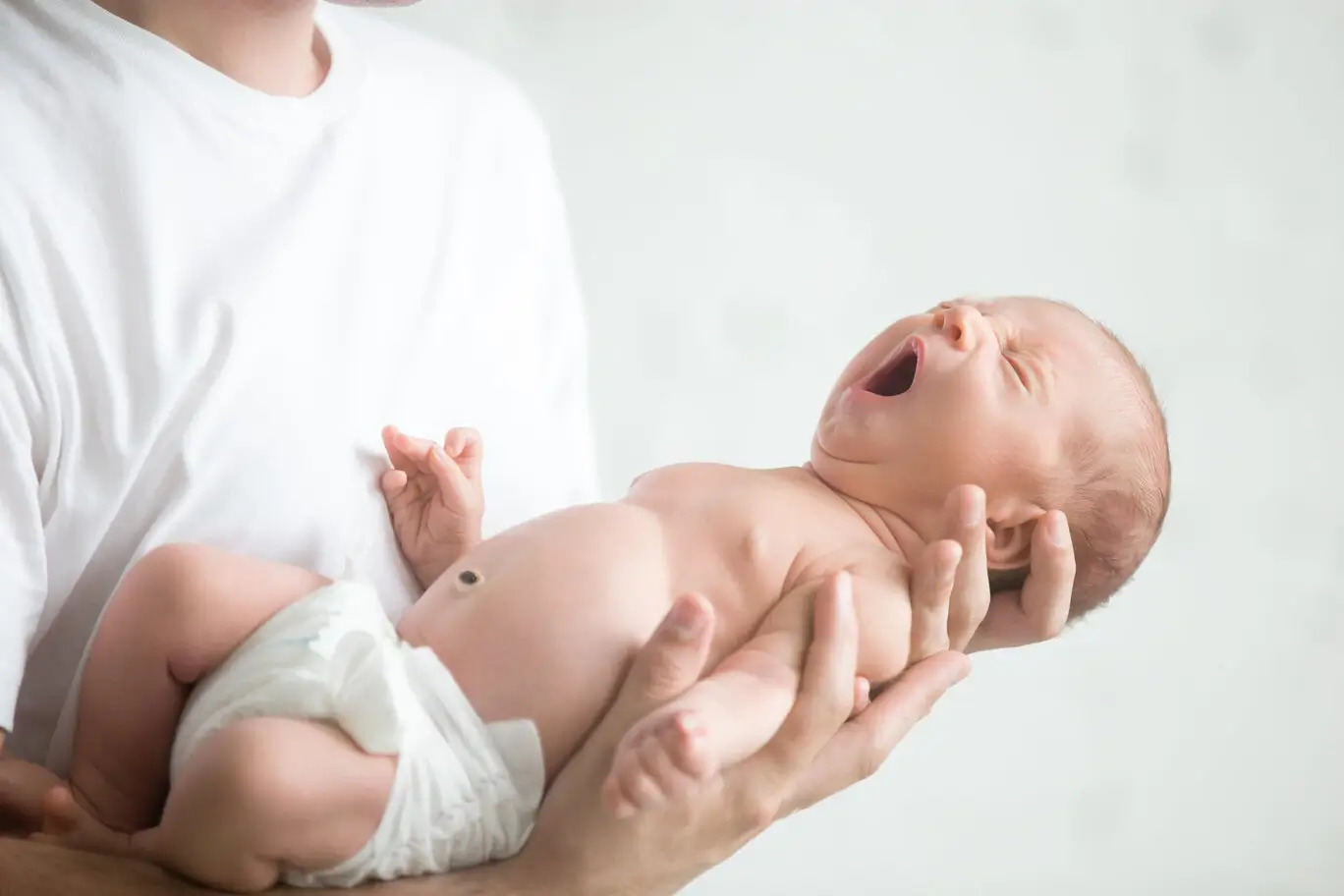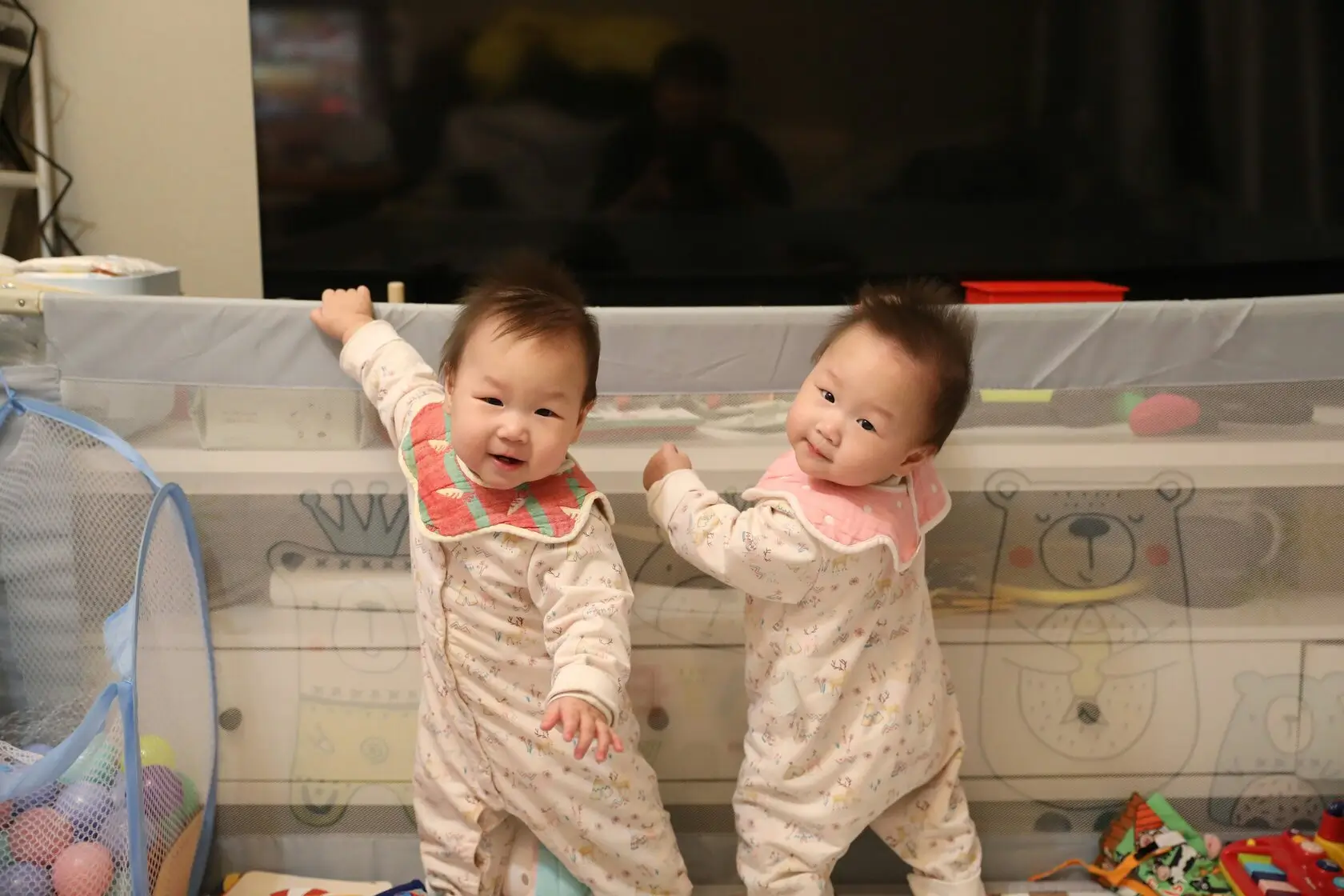Speech delay causes touch daily life and clinic checks alike: clear signs of speech delay, simple screens, and a plan that fits age and attention. Hearing comes first, then a quick look at oral-motor skills, play, and imitation.
Benchmarks for speech delay in 2 year old’s and speech delay in 3 year old’s shape goals, while speech delay therapy and language therapy at home turn small routines into progress. Milestones tied to when should a child start talking guide pace, and steady reviews keep speech delay symptoms moving in the right direction.
speech delay causes Signs and Symptoms
Early clues shape the plan. Common speech delay signs include few words, unclear sounds, and limited gestures. Short attention during play and weak imitation also matter. Log both signs of delayed speech and broader speech delay symptoms so support fits real needs. Next steps should match age and the most likely speech delay causes for that stage.
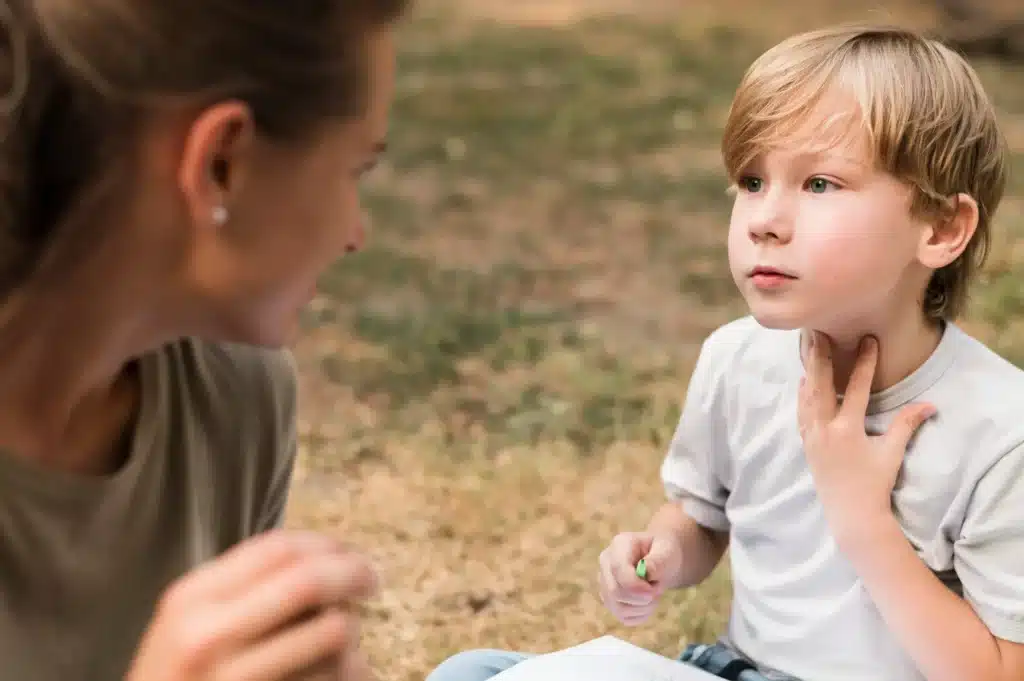
Core indicators
- sign of speech delay: few or no words, limited consonants, little or no babble.
- speech delay symptoms: unclear sounds, very quiet voice, words lost after brief use.
- signs of delayed speech: no simple phrases by three, speech hard to understand most of the day.
Links to likely speech delay causes
- Few words and reduced babble can reflect hearing concerns, oral-motor limits, or processing delays.
- Low gestures and imitation may signal social-communication needs or scarce practice time in daily routines.
- Short play focus reduces chances to hear, copy, and try sounds, keeping symptoms in place.
Clean note-taking for faster decisions
- List 3–5 target behaviors (words used, sounds present, gestures observed).
- Add context tags (meal, bath, car seat) to see where signs of speech delay improve.
- Mark frequency and duration to track change over weeks.
Age-based next steps
- speech delay at 2 years old: confirm hearing, begin language therapy at home, model words inside play.
- speech delay in 3 year old’s: check phrase use and clarity, add speech delay therapy and review speech delay after screening.
Action trigger
Two or more indicators appearing across several days signals time for screening plus a simple practice plan. Early tracking ties specific speech delay signs to likely speech delay causes, leading to quicker, clearer support.
Environmental and other speech delay causes
Everyday settings shape practice time for sounds and words. The items below show how home routines can raise or lower signs of speech delay and early speech delay symptoms and simple ways to steady progress.
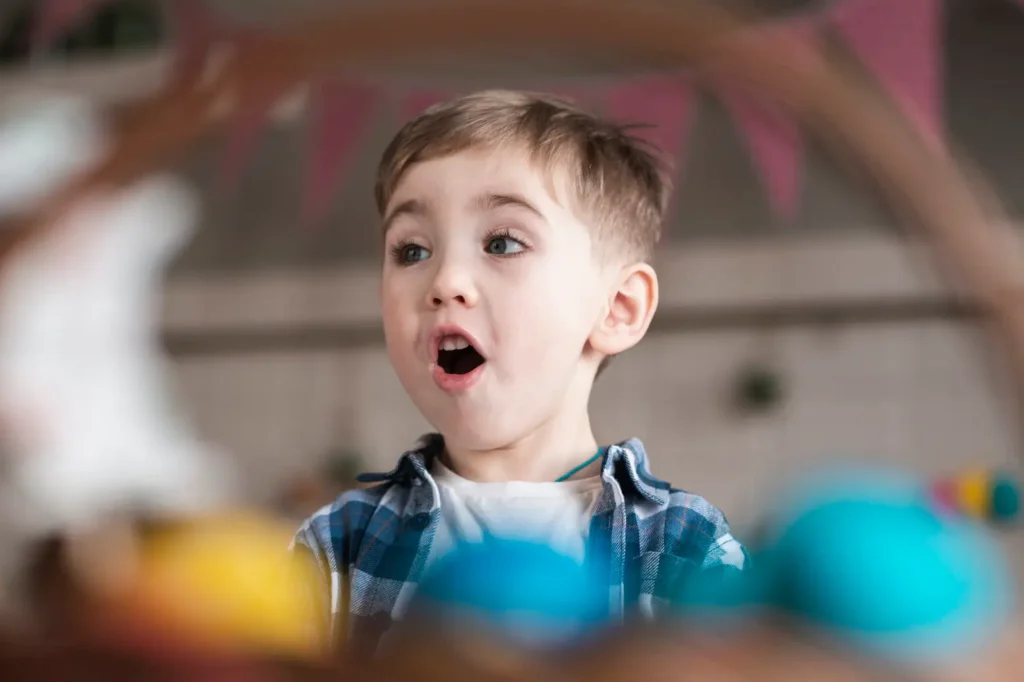
Limited talk time at home
Sparse face-to-face conversation and few language-rich moments slow learning. Fewer labels during meals and dressing, plus little shared play, often leads to early signs of speech delay such as little babble and few new words. Routine-based language therapy at home narrates steps, pause, let the child try a sound and adds back daily practice.
Loud rooms and passive screens
Constant TV, autopay videos, or noisy spaces mask speech sounds. Children may keep vowels and drop consonants, reinforcing signs of delayed speech. Short, co-viewed clips with narration are safer than long passive viewing and help reduce speech delay signs in toddlers.
Family patterns and early screening
A family history of speech or language delay increases risk. Quick hearing checks and early coaching can steady progress for speech delay in 3 year olds and younger toddlers, even when speech delay causes run in the family.
Bilingual homes
A two-language home does not cause delay. With rich interaction in either or both languages, speech grows well. If delays appear, check hearing and other speech delay causes, then keep modeling in both languages.
Health and setting influences
Secondhand smoke and recurring ear fluid can blur sounds and sustain speech delay signs. Quieter play areas, prompt ear care, and calm routines make practice clearer and more effective, whatever the setting.
Oral-motor and physical speech delay causes
Mouth movement and body mechanics shape early sounds. When these pieces struggle, speech delay signs often grow stronger without targeted help.
Motor control challenges in speech
Small muscles do big work. Weak lip, tongue, or jaw control can block clear sounds and slow sequences.
Childhood apraxia (movement planning) and dysarthria (muscle weakness) are common speech delay causes. Focused speech delay therapy teaches short sound patterns step by step, easing day-to-day speech delay symptoms.
Structure-related barriers to sound making
Anatomy matters for placement. Tongue-tie, high palate, or cleft lip/palate can limit consonants.
These structural speech delay causes often need ENT or dental care plus practice; post-treatment treatment speech delay keeps progress moving.
Airflow, resonance, and ear health
Clear air and clear hearing support clear speech. Chronic mouth breathing or nasal blockage changes airflow for p, b, m, t, d, s.
Airflow problems often pair with ear fluid; hearing checks prevent persistent signs of delayed speech and make speech delay therapy more effective.
Feeding skills linked to speech clarity
Chewing and sipping train jaws and tongue. Fatigue, gagging, or messy chewing point to weak stability.
Improving feeding skills often sharpens sounds; clinic work plus home routines speeds treatment speech delay and reduces speech delay signs.
Illness, reflux, and stamina for practice
Irritated airways limit practice time. Frequent colds, allergies, or reflux raise vocal strain.
Managing health factors lowers effort and softens stubborn speech delay symptoms, allowing steadier sessions.
Tone and movement planning across the day
Overall tone and planning guide precise moves. Low tone or motor-planning differences slow coordination.
Short, frequent sets and rhythm games support learning, keeping oral-motor speech delay from lingering while speech delay therapy builds consistency.
Neurological and developmental speech delay causes
Brain-based skills set the pace for sounds and words. Attention, working memory, and motor planning can slow learning even when motivation is strong. Clear notes on play and social connection keep speech delay causes visible and guide language therapy at home.
Processing and attention cues
Short focus, quick task-switching, and trouble copying new patterns often sit beside speech delay signs. Simple, repeated routines and slow pacing help speech delay in 2 year old’s and speech delay in 3 year old’s profiles build consistency.
Imitation and gesture growth
Limited copying of actions or sounds and few gestures raise concern for signs of delayed speech. Coaching daily serve-and-return moments point, pause, model reduces speech delay symptoms and supports early sequences.
Shared play and social connection
Brief eye gaze, little turn-taking, or low joint attention can signal social-communication needs. Screening clarifies supports while goals stay anchored to the working speech delay causes.
Hearing-related speech delay causes
Access to clear sound drives progress. Even mild, on-off loss from middle-ear fluid can blur consonants and keep speech delay signs in place. Early hearing checks make every minute of practice count, no matter the other speech delay.
Middle-ear health and consistency
Recurrent infections or lingering fluid reduce speech detail day to day. ENT follow-up plus monitoring helps prevent long-running speech delay symptoms.
Everyday responsiveness
Inconsistent response to name, low interest in music, or leaning in to listen suggests reduced input. Once hearing is clear, targets in treatment speech delay sharpen quickly.
Practice after clearance
After improvement, increase short, high-contrast sound play and easy word targets. Pair clinics work with language therapy at home so gains hold between visits.
Development by Year speech delay causes
speech delay in 2 year old quick steps and targets
Expected: a handful of words, strong gestures, steady imitation.
If a child not talking at 2 appears, act promptly: confirm hearing, run a play based screen, and start language therapy at home. Keep active speech delay causes listed in notes to guide targets.
speech delay in 3 year old’s phrases clarity and support
At three, simple two to three word phrases and clearer consonants are typical.
If words are few or speech is hard to follow, expand therapy speech delay sessions and outline treatment speech delay options. Recheck hearing and medical factors, then confirm the active speech delay causes so the plan stays precise.
First look at speech delay
An effective start gathers medical history, hearing status, play style, and short speech samples. Skills are checked against milestones tied to when a child should start talking. A brief, age-fit screen narrows the likely speech delay, so early steps match real needs.
Smart screening for speech delay in 2 year old and speech delay in 3 year old’s
At two, look for a small word set, strong gestures, and steady imitation; at three, short phrases and clearer consonants. If gaps appear, add a hearing check, run a play-based screen, and map supports. Clear results point to targeted work, not guesswork.
Precision plans speech delay therapy and treatment speech delay
When a straight sound delay is present, set weekly practice plus light home carryover. If multiple speech delay causes show up (hearing plus oral-motor, for example), coordinate with ENT, dental, or feeding teams. Written plans name goals, dosage, and review dates so progress is visible.
Coaching that fits life language therapy at home
Short, playful moments across the day keep attention high and reduce speech delay signs. Model a word during routine tasks, wait, and celebrate any attempt. Pair simple sound games with books and walks. Targets align with the active speech delay causes so each minute closes the gap.
Autism overlap with speech delay
Some delays appear alone; others sit with social-communication needs. Clear notes keep the path steady and make speech delay therapy more precise.
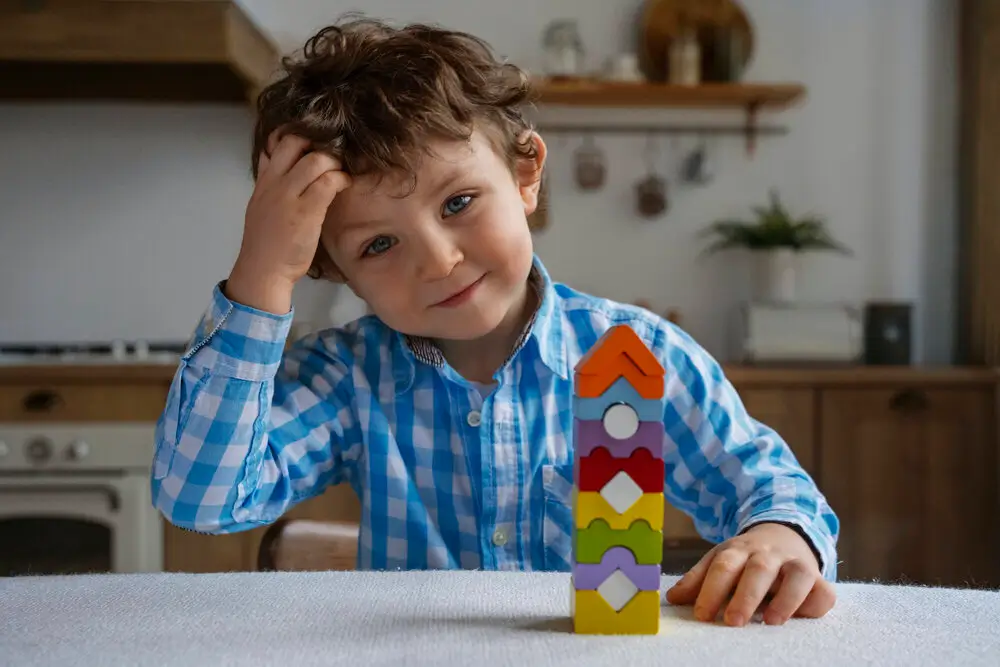
Reading social communication clues
Watch play style, eye gaze, joint attention, imitation. Low shared play plus weak turn-taking can point toward speech delay autism concerns.
When social signs are low
Strong eye contact and shared games suggest speech delay but not autism. Focus on sound targets, words in play, and language therapy at home, while tracking active speech delay causes.
When social signs are present
Limited gestures, short joint attention, and low interest in people make speech delay without autism less likely. A full developmental check guides alongside speech delay therapy.
Keep the plan anchored
List working speech delay causes at each review. Clear hearing, small goals, and steady practice help across profiles, including speech delay autism and speech delay but not autism.
Early clues that point to speech delay causes
- signs of speech delay: few or no words, limited consonants, little babble
- speech delay symptoms: unclear sounds, very quiet voice, words lost after brief use
- signs of delayed speech: no two-word phrases by three, speech hard to understand
- signs of speech delay in toddlers: low pointing and waving, weak imitation, short shared attention
- Play profile: brief eye gaze, little turn-taking, limited pretend play
- Responsiveness: inconsistent reaction to name, low interest in everyday sounds or music
- Hearing flags: recent ear infections, fluid history, frequent colds
- Practice limits linked to speech delay causes: heavy passive screens, loud rooms, rushed routines with little face-to-face talk
- Gesture and language mix: gestures replacing words most of the day
Sound goals and milestones connected to speech delay causes
Many children build sounds in a common order: p, b, m, then t, d, n, later k, g. Targets work best inside games and short routines. At each check, log the active speech delay to avoid missing hearing or medical factors and to fine-tune speech delay therapy and language therapy at home.
Simple timeline for when should a child start talking
Babble and gestures arrive in the first year. Single words often appear near age two. Two-word phrases tend to emerge around age three. If this pattern drifts, review the likely speech delay causes and begin support while screening continues. Early action makes practice time count.
How to track progress with speech delay causes in mind
Short probes can count sounds and words. Attention and imitation get quick ratings. Weekly graphs make gains visible for speech delay in 2 year old’s and speech delay in 3 year old’s profiles. Each review should list the working speech delay causes so targets stay aligned with needs.

Practice plan that fits busy weeks
A light structure holds well: one focused clinic or tele session, several mini play moments at home, a short song list for sound play, and a small picture set for choices and labeling. Keep current speech delay causes at the top of the plan so target words and dosage always make sense for therapy speech delay or treatment speech delay.
Common myths and the facts about speech delay causes
“Boys talk late” is not a plan; individual profiles matter. Passive screens do not teach speech; interaction reduces speech delay symptoms. “Wait and see” often loses time; brief practice plus screening is safer and more helpful.
Care examples matched to the main speech delay causes
Environmental focus. Cut passive screens, add playful talk, and anchor the week with language therapy at home.
Oral-motor focus. Pair breath and jaw stability with target sounds; combine clinic work and simple home routines.
Hearing focus. Coordinate ENT or audiology, then restart targets as clarity improves and update treatment speech delay.
Developmental focus. Build imitation and joint attention first, then expand words; log speech delay processing and attention.
Plan fairly with access and equity in view
Homes differ in books, quiet time, and coaching. Adapt materials to what is available while keeping speech delay causes in view. Small, steady steps start progress now and keep it moving with clear, realistic goals.
FAQ
What are the most common speech delay causes?
Ans: Environment, oral-motor or physical factors, hearing issues, and developmental processing. One main cause or a mix may be present.
What are the top signs of speech delay in toddlers?
Ans: Few words, low imitation, limited gestures, and weak response to name. These signs of speech delay lead to hearing checks and practice.
How is speech delay in a 2 year old managed?
Ans: Hearing check, speech delay therapy, and language therapy at home. If a child not talking at 2 arises, steps begin promptly.
What about speech delay in 3 year old’s?
Ans: Simple phrases and clearer consonants are expected. If missing, increase therapy speech delay time and review speech delay again.
Does every speech delay autism?
Ans: No. Many profiles show speech delay but not autism. If social-communication flags appear, screening for speech delay autism is recommended. Some cases are speech delay without autism.
When should a child start talking?
Ans: Gestures and babble in the first year, words near two, simple phrases by three. If late, review speech delay causes and begin support.
What is the best home plan?
Ans: Short, daily language therapy at home: model, wait, imitate, and play with sounds. Add clinic work with speech delay therapy as needed.
How long does treatment speech delay take?
Ans: Timing depends on speech delay causes and practice time. Progress is measured weekly and targets adjusted.
Conclusion
Keeping speech delay causes front and center ensures a plan that fits the child, not a chart. Fair goals, hearing checks, and quick starts build momentum. With a mix of speech delay therapy and language therapy at home, words can grow on a steady, clear path.


